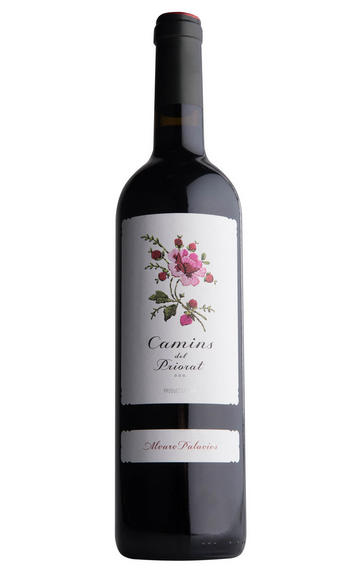
2020 Camins del Priorat, Álvaro Palacios, Priorat, Spain
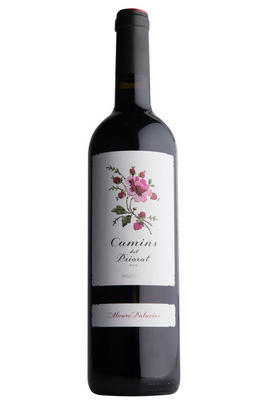
Critics reviews
Drink 2021 - 2025
Luis Gutiérrez, Wine Advocate (Jul 2021)
About this WINE
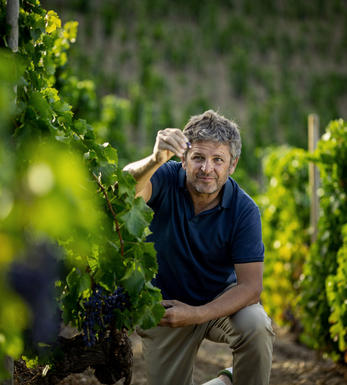
Álvaro Palacios
Álvaro Palacios, whose family owns the prestigious Rioja Bodega, Palacios Remondo, spent two years at Château Pétrus before setting up on his own in Priorat in 1989. From the outset, he set out to produce world-class wines using fruit from extremely low-yielding old vines and applying ultra-modern winemaking techniques.
The cream of the crop is the single vineyard wine L'Ermita, which was first produced in 1993. It is a blend of 80% Garnacha, 15% Cabernet Sauvignon and 5% Cariñena, all aged in new French barriques for up to 20 months. It is bottled unfiltered. It has intense concentration, enormous depth and a complexity which is simply staggering.
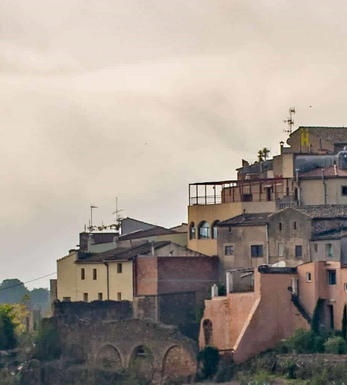
Priorat
Priorato, or Priorat, is one of the stand-out Spanish wine regions, with an extraordinary leap in wine quality, reputation and price over the 1990s. This small wine appellation, with 1,700 hectares of vines and just over 60 bodegas, lies to the west of the province of Tarragona in Catalonia.
It includes the municipalities of Scala Dei, Gratallops and Falset, where vines grow on steep terraces at varying altitudes of 100 to 700 metres. The climate is continental, and the region blessed with an exceptional schistous terroir (mostly llicorella with layers of slate and quartz). This schist is part of the same stratum found in the finest vineyards of the Douro, Toro and Ribera del Duero. It provides ideal conditions for growing vines and also contributes to the much-lauded mineral-rich character of Priorato’s wines.
The region’s wines were revolutionised through the efforts of René Barbier. In 1989 he joined forces with a group of eight other winemakers to produce wine from eight plots (or clos), planting the best grapes using modern methods, and harvesting at extremely low yields. This original group included such distinguished bodegas as Alvaro Palacios (Finca Dofi), Costers del Siurana and Mas Martinet.
The group later split up, but the legacy and the international acclaim their wines generated has attracted significant interest and investment in the Priorato region. It is now recognised as one of the great fine wine regions in Spain, rivalling Rioja and Ribera del Duero. The Priorat wines are typically powerful and full-bodied, with a warm, ripe fruitiness and impressive levels of concentration and minerality. The wines are made in all categories from Joven to Gran Reserva, undergoing the same oak ageing as Rioja.
The efforts of the Barbier group proved that old-vine, low-yielding Cariñena and Garnacha is the most planted variety here, followed by Garnacha. Both provide the backbone of the region’s wines, augmented by international varieties such as Merlot, Cabernet Sauvignon and Syrah.
White varieties (i.e. Chenin Blanc, Macabeo, Garnacha Blanca, Viognier and Pedro Ximénez) occupy less than five percent of the vineyard area.
Recommended Producers:
Combier Fischer Gerin (Trio Infernal), Clos Figueres, Alvaro Palacios (Finca Dofi)
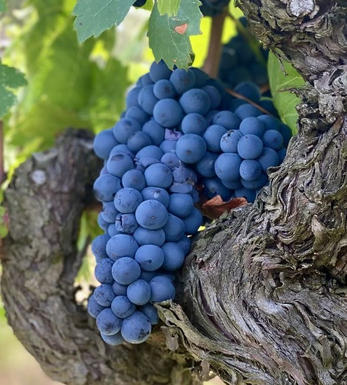
Carignan
Carignan, as its name suggests, is presumably of Spanish in origin, from around the town of Carineña west of Priorat in the province of Aragon.
Carignan, also known as Carginano in Italy and Cariñena or Mazeulo in Spain, is one of the most widely-planted red grapes in France. Planting became widespread in France during the 1960s, when Algeria gained its independence and was no longer an inexpensive source of red grapes. Languedoc-Rousillon (Cotes du Roussillon, Corbières, Saint Chinian) is the bastion of Carignan in France, and it is also grown Provence, although it now gradually being replaced with more complex and characterful varieties such as Syrah and Grenache.
The berries are blue-black, with fairly thick, astringent skins.Carignan buds and ripens quite late, so it is resistant to spring frosts, but requires a long ripening season and warm climate. It is a vigorous grape, which can result a wine of dull character.
Carignan is useful for adding intense colour, acidity, and fleshy tannins to the archetypal Southern French blends of Syrah, Grenache and Cinsault. Few select growers have managed to produce interesting, distinctive wines from this grape by carefully limiting the vine vigour and the yields.
Old Carignan vines (over 50 years) on a combination of low yields and suitable terroir can produce magnificently concentrated and characterful wine. The best expressions can be found in Priorat.


Buying options
Add to wishlist
Description
The regional blend 2020 Camins del Priorat, produced with grapes from 101 plots from eight villages in Priorat, is a blend of 55% Garnacha, 15% Syrah, 12% Cabernet Sauvignon, 10% Merlot and 8% Cariñena, higher in Garnacha and lower in Cariñena, like in the majority of 2019s. That gives the wines freshness and elegance, vivacity and fluidity. It fermented with the indigenous yeasts in a combination of stainless steel, oak and concrete vats and matured in barrel and oak vats for four months. This is more Priorat than any of the vintages of Camins; in reality, nobody is planting French varieties anymore and many are regrafting their vines, so in the future, the tendency could be toward more Garnacha and Cariñena in this wine. This is a very drinkable version of Camins, less dense than the 2019, from a year that was cooler with just an herbal hint. The mouthfeel is velvety with great freshness and very fine tannins. This has to be the finest Camins to date, different from previous years; it should be a commercial success. 226,000 bottles were produced. 2020 was their earliest harvest ever.
Drink 2021 - 2025
Luis Gutiérrez, Wine Advocate (Jul 2021)
wine at a glance
Delivery and quality guarantee